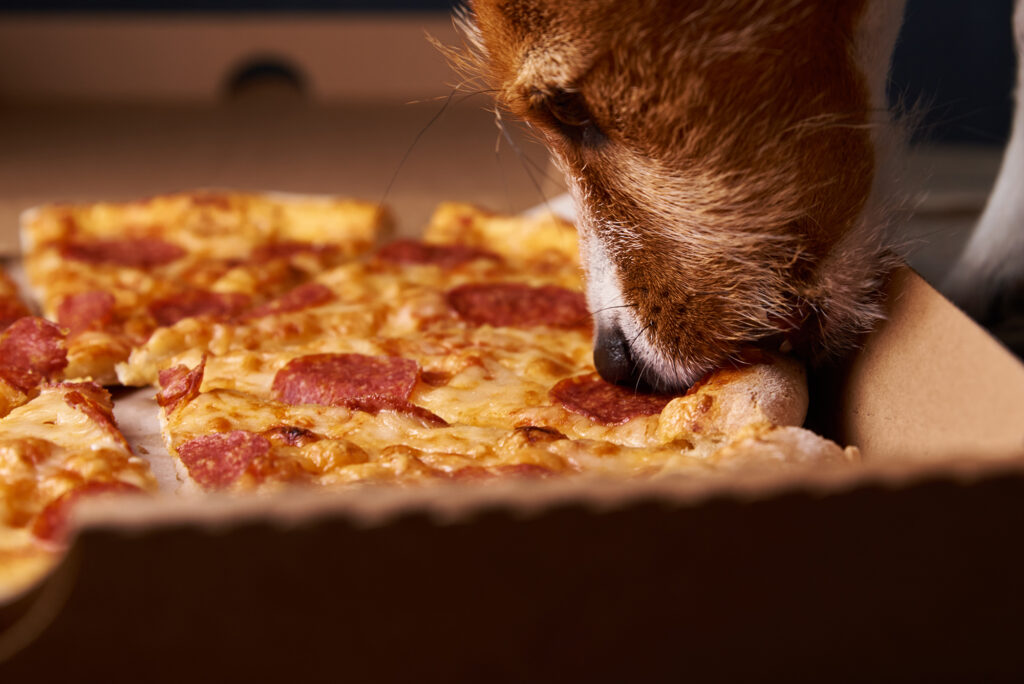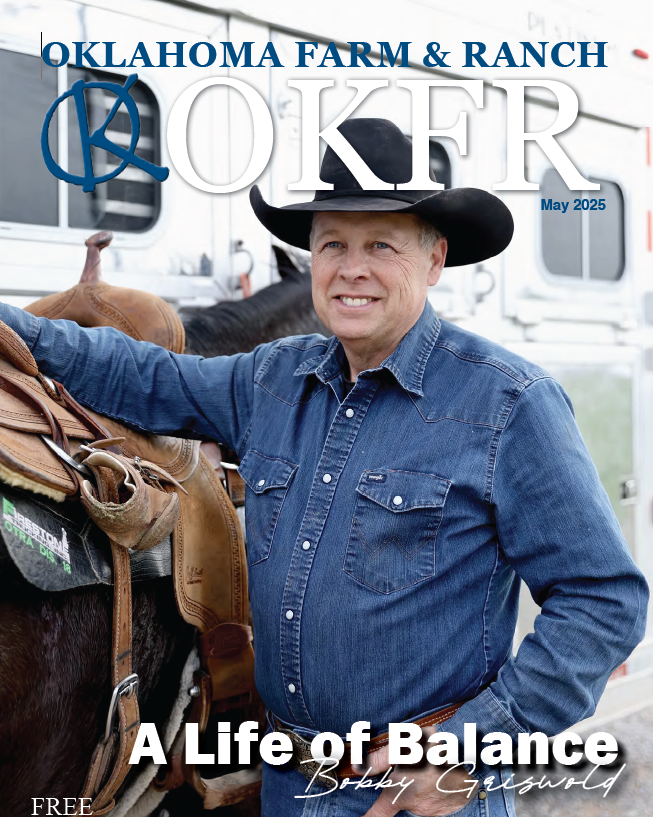Country Lifestyle
A Beginners Guide to Fishing
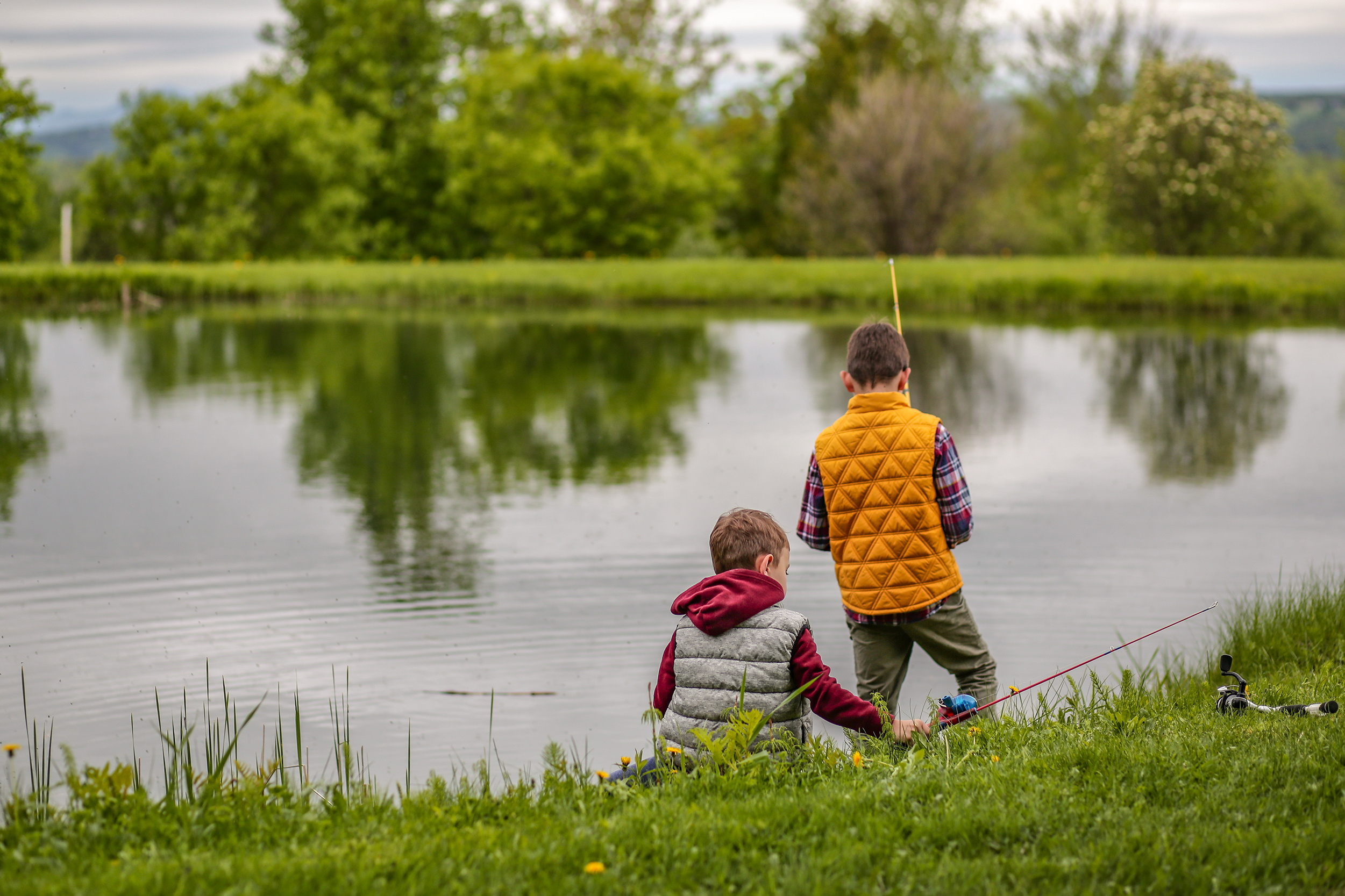
It seems that the subjects of countless profiles in the past year have mentioned, whether in passing or as part of a larger discussion, that the COVID-19 pandemic changed Oklahoma’s landscape in numerous ways. By and large, the overwhelming observation is that Okies in urban areas have begun migrating to the country, and are embracing the rural lifestyle. Small farms are popping up with a variety of animals, and gardens are being planted where there wasn’t one before.
It made me think that there are likely people out there who don’t know the basics of one of Oklahoma’s favorite pastimes: fishing.
With countless lakes, rivers, and streams teeming with a diverse array of fish species, Oklahoma offers ample opportunities for anglers of all ages and skill levels to cast their lines and reel in memorable catches.
If you’re new to fishing and eager to dip your toes into the water, don’t be afraid. Here are a few basic concepts to get you started.
Understanding Oklahoma’s Fishing Scene
Before you embark on your angling adventure, it’s essential to familiarize yourself with Oklahoma’s diverse fishing opportunities. From largemouth bass in the renowned Lake Texoma to catfish in the Red River, each region of the state offers its own distinct fishing experience. Consult resources such as the Oklahoma Department of Wildlife Conservation website and local fishing guides to discover prime fishing spots near you and learn about the regulations and licensing requirements specific to Oklahoma waters.
Gear Up
One of the first steps in getting started with fishing is acquiring the necessary gear. For beginners, a basic fishing rod and reel combo will suffice. Opt for a versatile spinning or spincast reel paired with a medium-action rod, which offers flexibility and ease of use for a variety of fishing techniques. Additionally, invest in essential tackle such as hooks, sinkers, bobbers, and a selection of artificial lures or live bait, depending on your preferred fishing style and target species.
Learn the Ropes
Before you hit the water, take some time to familiarize yourself with the fundamentals of fishing. Practice tying basic fishing knots, which are essential for securing your line and attaching hooks and lures. Watch online tutorials or consult instructional books and videos tailored to beginner anglers to learn casting techniques, proper rod handling, and best fish handling practices.
Choose Your Fishing Spot
Oklahoma boasts an abundance of fishing hotspots, ranging from expansive reservoirs and scenic rivers to hidden ponds and urban lakes. Consider factors such as proximity, accessibility, and the type of fish you’re targeting when selecting your fishing spot. Popular destinations for beginners include Lake Hefner in Oklahoma City, Lake Thunderbird near Norman, and the Illinois River in northeastern Oklahoma, known for its scenic beauty and excellent trout fishing.
There are also countless farm ponds, but, I hope it goes without saying, you must obtain the land-owner’s permission to access their lands and fish their ponds.
Follow Fishing Regulations
Before you embark on your fishing excursion, familiarize yourself with Oklahoma’s fishing regulations and licensing requirements. The ODWC website provides up-to-date information on fishing seasons, bag limits, size restrictions, and license fees. Remember to obtain a valid fishing license and any additional permits required for specific fishing locations or species, as failure to comply with regulations can result in fines and penalties.
Practice Patience and Persistence
Fishing is as much about patience and persistence as it is about skill and technique. Be prepared to spend time waiting for the fish to bite, and don’t get discouraged if you don’t reel in a trophy catch on your first outing. Experiment with different baits, lures, and fishing techniques, and don’t be afraid to seek advice from experienced anglers or local bait shops. You’ll soon become more proficient and confident in your fishing abilities with practice and perseverance.
By gearing up with the right equipment, learning essential fishing skills, choosing the perfect fishing spot, following regulations, and embracing patience and persistence, beginners can set themselves up for a rewarding and enjoyable fishing experience in the Sooner State.
References:
Oklahoma Department of Wildlife Conservation (ODWC). “Fishing Regulations.” wildlife.ok.gov/fishing/regulations
ODWC. “Fishing in Oklahoma.” wildlife.ok.gov/fishing
Country Lifestyle
Farm Dogs & Table Scraps
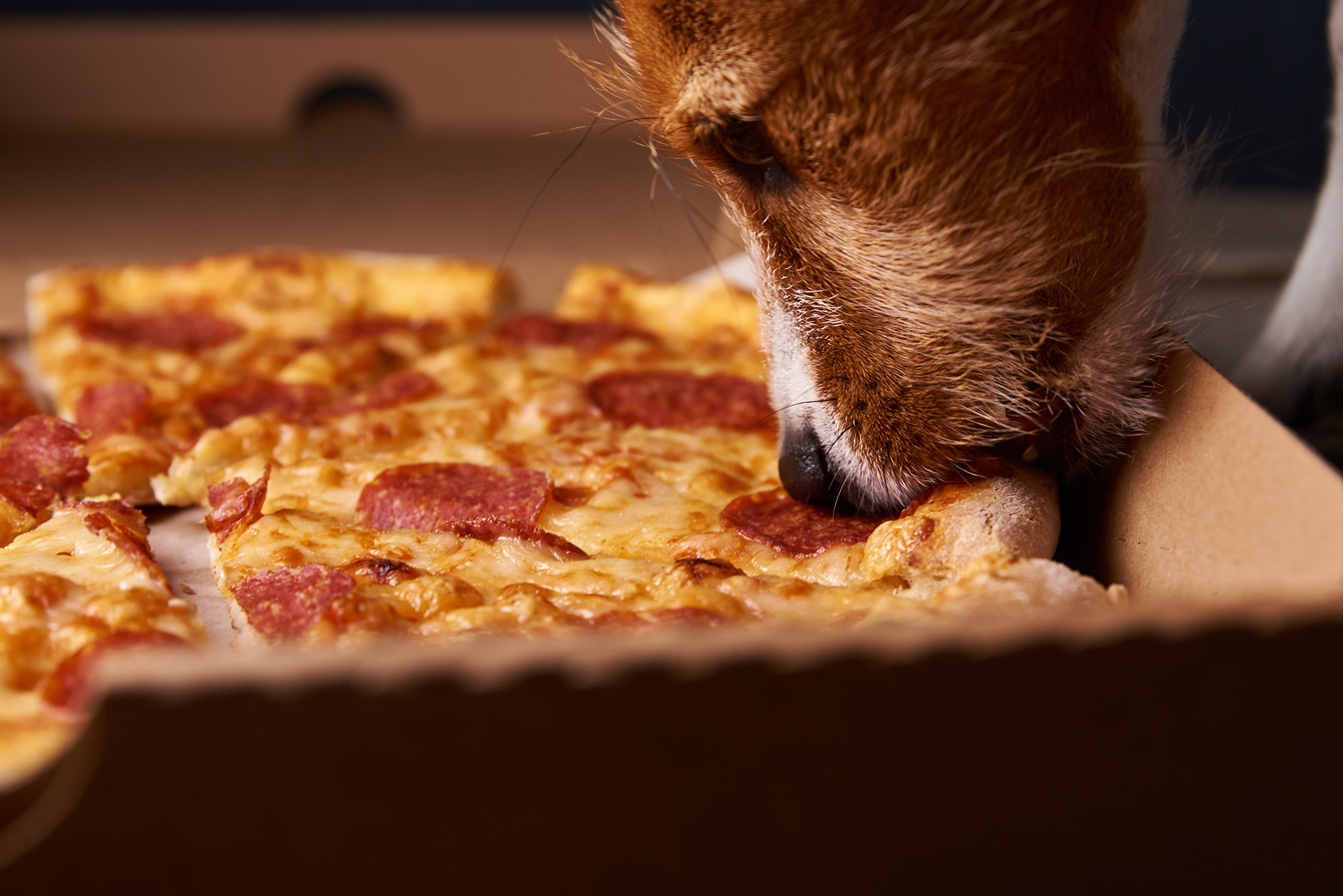
What’s Safe and What’s Not?
Growing up on a farm, our dogs were tough. They roamed the pastures, slept under the barn, and ate just about anything they could get their paws on—whether we meant for them to or not. I’ll admit, I never thought twice when one of our old cow dogs snatched a biscuit off the table or licked up a spill from the barn floor. I’ve even seen a dog steal a whole rib bone off a plate and trot off like he’d won the lottery. And somehow, they always seemed fine.
But here’s the thing—just because they survived doesn’t mean it was safe. For every farm dog that lucked out, there’s another that wasn’t so fortunate. Some human foods can be downright toxic to dogs, and a little bit of bad luck (or a smaller, more sensitive dog) can turn a harmless snack into an emergency.
Common toxic foods lying around the farmhouse
If you’ve got a farm dog—or any dog, really—you need to be aware of the dangers lurking in everyday foods. Some of the biggest culprits include:
Chocolate – The darker it is, the worse it is. Even a little can cause vomiting, seizures, or worse.
Grapes & Raisins – No one’s exactly sure why, but they can cause kidney failure fast.
Onions & Garlic – In large enough amounts, these can destroy red blood cells, leading to anemia.
Xylitol (Found in Sugar-Free Gum & Candy) – This artificial sweetener can send a dog’s blood sugar crashing and cause liver failure.
Alcohol – Even small amounts can be deadly to dogs, affecting their nervous system much more than it does ours.
Bones from Cooked Meat – While not necessarily toxic, they can splinter and cause serious internal injuries.
Macadamia Nuts – These can lead to weakness, vomiting, and even paralysis in dogs.
What to do if your dog eats something toxic
First, don’t panic—but don’t ignore it either. If you know your dog ate something dangerous, call your vet immediately. They can tell you whether to induce vomiting or if it’s something that requires urgent care. If it’s after hours, contact the ASPCA Animal Poison Control Center (888-426-4435) or the Pet Poison Helpline (855-764-7661).
Prevention is always the best medicine, so keep toxic foods out of reach. That might mean keeping the trash can secured, making sure kids don’t slip the dog a treat under the table, or just being more mindful of what’s left on the counter.
Our farm dogs might have been lucky, but luck isn’t a great strategy when it comes to their health. A little awareness goes a long way in making sure they stay happy, healthy, and ready for the next day’s work.
For more information
ASPCA Animal Poison Control: www.aspca.org/pet-care/animal-poison-control
Pet Poison Helpline: www.petpoisonhelpline.com
Visit www.akc.org/expert-advice/nutrition/foods-your-dog-should-never-eat
Country Lifestyle
Summer Squash and Corn Chowder

By Lacey Vilhauer
Total time: 40 minutes
Servings: 6-7
Ingredients
- 6 slices bacon, cooked and crumbled and 1 1/2 Tbsp rendered bacon fat reserved
- 1 1/2 lbs yellow squash, chopped (about 3 medium)
- 2/3 cup thinly sliced celery
- 1 cup diced onion
- 1 Tbsp flour
- 2 cloves garlic, minced
- 2 3/4 cup milk (I used 1%)
- 5 cups canned or fresh cut corn (from about 6 ears corn), divided
- 1/2 cup heavy cream
- 1 1/2 tsp chopped fresh thyme (or 1/2 tsp dried)
- 3/4 tsp salt, then more to taste
- 1/4 tsp freshly ground black pepper, then more to taste if desired
- 3/4 cup shredded cheddar cheese, for serving
- Chopped green onion for garnish (optional)
Instructions
Heat 4 tsp reserved bacon fat in a large pot over medium-high heat. Add celery and onion and sauté 2 minutes then add the squash.
Saute until tender, about 6 minutes, adding in garlic and flour during last 2 minutes of sauteing. Reduce heat slightly.
Add 1 1/2 cups milk, 2 cups of the corn, thyme, salt and pepper to the sauteed veggies.
To a blender add remaining 3 cups of corn, remaining 1 1/4 cups milk and the cream. Process in blender until nearly smooth (about 30 seconds).
Add pureed mixture to pot and stir to blend. Cook until mixture reaches a light boil.
Serve warm with shredded cheese, crumbled bacon and sliced green onions if desired.
Country Lifestyle
Western Housewives – May 2025
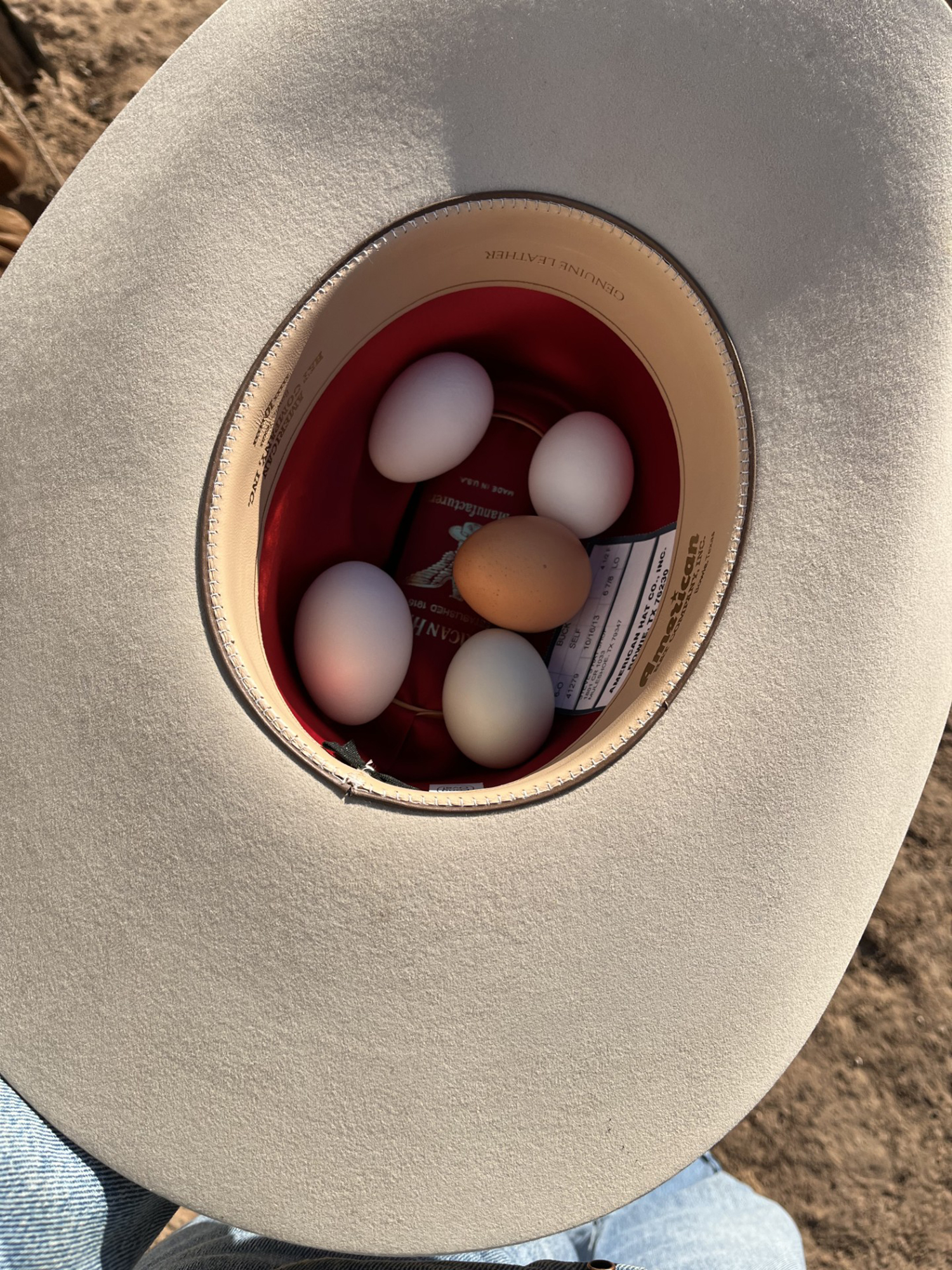
By Summer McMillen
All my married life I have thought that when husbands all got together horseback after a hard days work they were probably rating their wives on a scale from one to ten based on their various capabilities. Did Wife A have a good hat crease? Was Wife B good help in the branding pen? Was Wife C an excellent mother? Was Wife D hospitable to everyone? Could Wife E make a decent gallon of sweet tea? Did Wife F keep a tidy saddle house?
Presumably, when Wife B did not live up to Wife A there was a fist fight followed by wife shaming of Husband B. His status amongst the cowboys immediately fell and he would be behind for the rest of his life in his cowboy career.
He would come home ashamed his wife couldn’t flambé a decent bananas foster and she couldn’t hoolihan either. He would be distraught and said wife would feel his pain.
Of course, this never happened to me like I thought it would. My husband always came home with a smile on his face and I’m pretty sure “flambé” isn’t even in a cowboys vocabulary.
Nonetheless, these imaginary fights and social rankings have plagued my brain for years. It has caused me to always be in competition with myself to be the very best at everything I did. Which I have eventually realized is a trait of women all around the world.
While we are cooking a four course meal for our families we start to think about how we actually should be practicing heading steers instead.
While we are practicing our horsemanship we start to think about how we should actually be preparing a nutritious and elaborate meal for our families.
It is a constant battle that women have created and proceeded to fight for centuries.
One day the inner battle got to me and I finally broke down as we were riding wheat pasture and confessed to my husband my guilt. I was so sorry that I wasn’t a better cowgirl. I was so sorry that the house was a mess. I was so sorry that I would never be on The Cowboy Channel. I was so sorry that I had lost his good pair of gloves. (Except I didn’t actually mean to confess that last part. Some things are just better left unknown.) I apologized again and again and told him I was sorry and he probably never wanted to bring his friends over for supper ever again.
Instead of consoling me, he just started looking at me like I was crazy. Which is what all good husbands do.
He stopped his horse and looked at me and said “Do you know how cowboys rate each other’s ranch wives?”
So many thoughts started filling my brain. Was it looks? Gentleness? Laundry speed? Work ethic?
Then he revealed their secret. “Cowboys rate each other’s wives by how well they can cook eggs for breakfast.”
His point of course, was that men don’t think about each other’s wives. As long as they get their eggs for breakfast. In another twist of irony, my husband taught me how to fry the perfect egg. What can I say? It’s a man’s world.
Since then, I have let go of my irrational fears and doubt and have simply been living life. It’s all anyone can do. I may not team rope the best. I may get my fingers when I’m trying to dally and I may not have the tidiest saddle house. But I try hard at everything I do and I do it all out of love for my family and finally, myself.
So, if you’re a woman this Mother’s Day and you catch yourself feeling down amongst life constant pressures just remember you are not alone. You can almost guarantee there is a woman in every household that needs a little pick me up. Maybe you should just go outside. Maybe you should sit down and count your blessings. Or, maybe you should have your husband fry you some eggs.
-

 Attractions8 years ago
Attractions8 years ago48 Hours in Atoka Remembered
-

 Country Lifestyle8 months ago
Country Lifestyle8 months agoJuly 2017 Profile: J.W. Hart
-

 Country Lifestyle9 years ago
Country Lifestyle9 years agoThe House a Treasure Built
-

 Country Lifestyle3 years ago
Country Lifestyle3 years agoThe Two Sides of Colten Jesse
-

 Outdoors7 years ago
Outdoors7 years agoGrazing Oklahoma: Honey Locust
-

 Equine8 years ago
Equine8 years agoUmbilical Hernia
-

 Outdoors5 years ago
Outdoors5 years agoPecan Production Information: Online Resources for Growers
-

 Farm & Ranch7 years ago
Farm & Ranch7 years agoHackberry (Celtis spp.)

